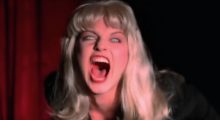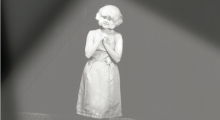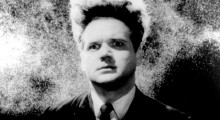Eraserhead
-
Blumhouse Picks David Lynch’s 10 Scariest Moments

Uncanny, unsettling, disturbing, surreal — David Lynch’s work summons up no shortage of adjectives. But one that gets applied surprisingly rarely is scary. But precisely because of its inflection of horror with the qualities listed above, Lynch’s films can be terrifying in a much deeper way than your normal, well-executed jump-scare thriller. The folks at Blumhouse certainly know horror, and this week site contributor Gregory Burkart posted a nicely curated list of annotated clips speaking to Lynch’s ability to scare, particularly nailing a couple that have long haunted this Lynch fan. The first is from Eraserhead, the “ooh, you are […]
by Scott Macaulay on Aug 25, 2016 -
Underground Desires

Probably like a lot of people, I loved underground cinema before I knew there was a name for it. My first encounter with the term was in a book that only used the word once, and not in relation to a certain category of films but a specific film: Underground U.S.A. (1980) directed by Eric Mitchell, who had acted in several Amos Poe films, most notably The Foreigner (1978). The book was Midnight Movies (1983) by J. Hoberman and Jonathan Rosenbaum, whose sharp, knife-like prose and generous, half- and full-page black-and-white frame enlargements worked to construct — if this is […]
by Nicholas Rombes on Jan 20, 2016 -
Save the Baby! On the Benefits of the Three-Act Screenplay Structure

Poor old three-act structure. It gets hammered away at, like an old punching bag, every time someone wants to challenge the primacy of the formulaic Hollywood screenwriting methods. “Take that! You follow-the-dots, color-within-the-lines, stodgy old armature!” Poor, poor three-act structure. So much to offer. So misunderstood. What if I were to tell you that in the 2,500-year history of Western dramatic literature, three-act structure is actually a radical new innovation? What would you think if I also said that its radical impact, towards the end of the 19th century, was to finally free dramatists from a highly proscriptive, closely dictated […]
by Jennine Lanouette on Nov 19, 2014
